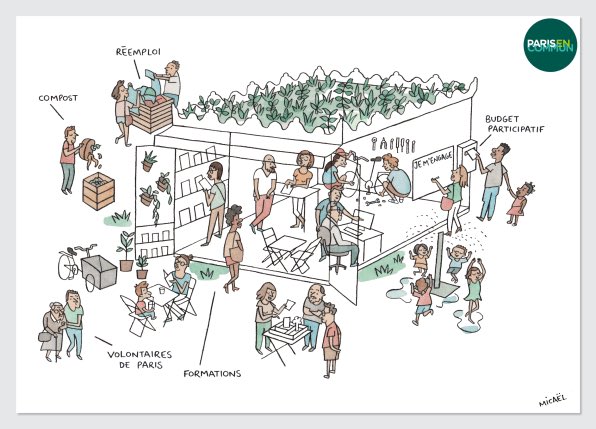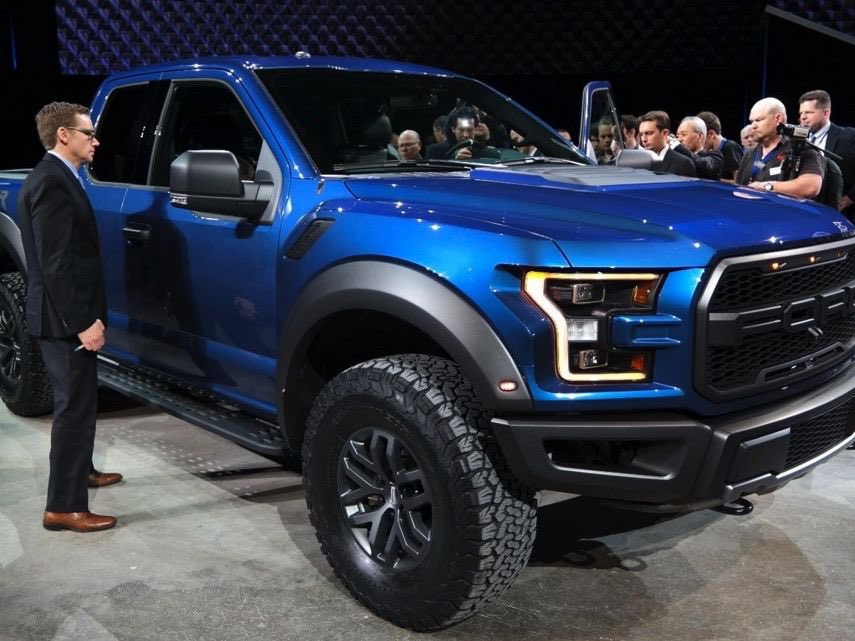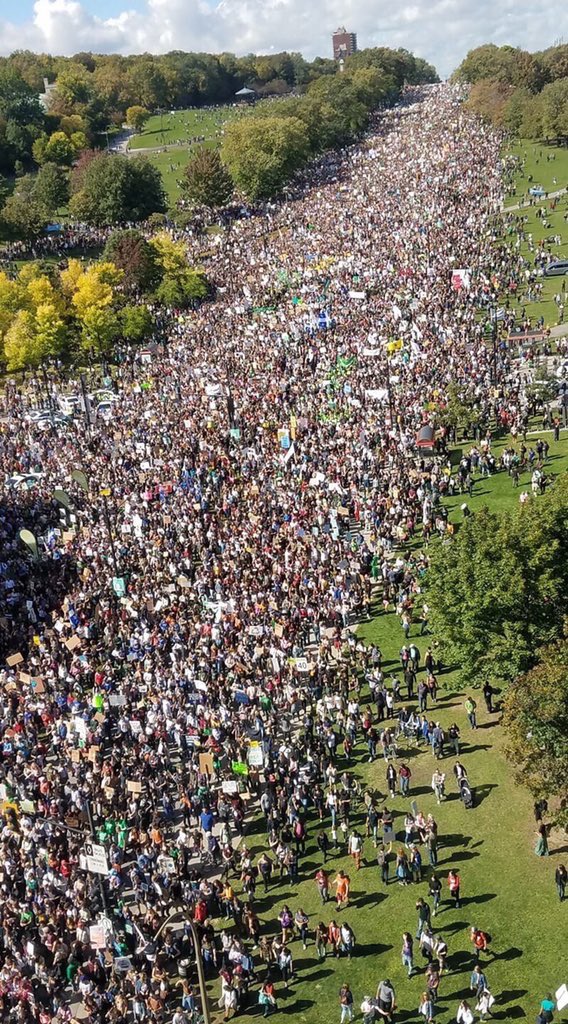
NEW: Interested in a BETTER conversation on parking, & a VERY different approach to municipal parking strategy, for much better city-building outcomes? Our game-changing new @cityofkingston Parking doc is a must-read. See our preamble: #ThePowerOfParking cityofkingston.ca/documents/1018… 







MEDIA RELEASE: “There are few things we could do as a city that would have a bigger effect on whether we achieve Council’s strategic priorities than reconsidering how we do parking.” Kingston #YGK launches #ThePowerOfParking bold city-wide conversation: cityofkingston.ca/-/-the-power-o… 



“When it comes to the many benefits of rethinking parking, it’s clear that the biggest public interests come from less parking, lower personal vehicle ownership & fewer/shorter driving trips.”
Read this — Putting #ElectricVehicles in the proper policy context. #ThePowerOfParking

Read this — Putting #ElectricVehicles in the proper policy context. #ThePowerOfParking


Want less residential parking, with all the many public benefits that go along with that reduction? Make urban biking as attractive an alternative to car ownership/use as possible. A key to doing THAT is recognizing bike theft prevention for what it is, a KEY public policy issue. 



Reduced or zero parking minimums.
New parking maximums.
New incentives for bike infrastructure, carshare & EV infrastructure.
No reduction in accessible spaces.
New regs for bike security, cargo/bike trailer & E-bike parking.
A better conversation about #ThePowerOfParking
New parking maximums.
New incentives for bike infrastructure, carshare & EV infrastructure.
No reduction in accessible spaces.
New regs for bike security, cargo/bike trailer & E-bike parking.
A better conversation about #ThePowerOfParking
• • •
Missing some Tweet in this thread? You can try to
force a refresh












